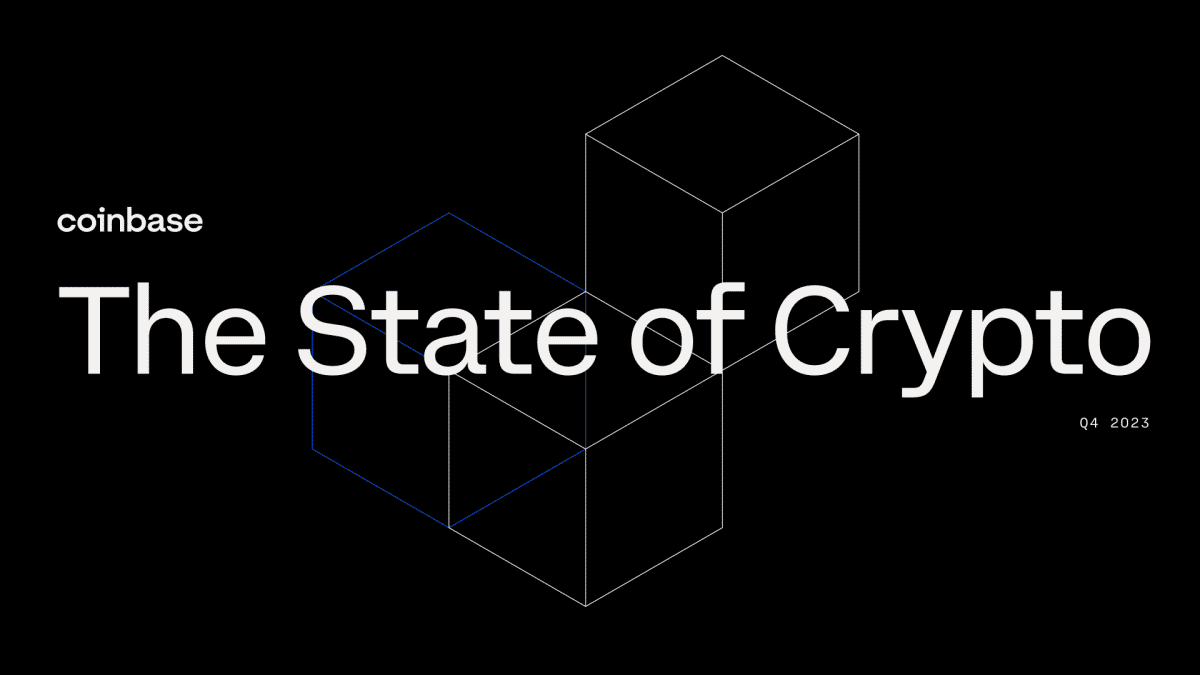Layer-1 Platforms: A Framework for Comparison

The Block Research was commissioned by Algorand and the Algorand Foundation to create Layer-1 Platforms: A Framework for comparison, which provides a “look under the hood” at seven platforms: Algorand, Avalanche, Binance Smart Chain, Cosmos, Ethereum/Ethereum 2.0, Polkadot, and Solana. We assess their technical design, related ecosystem data, and qualitative factors such as key ecosystem members to get an understanding of how they differ. Having done this analysis, we draw some insights for what the future of the broader smart contract landscape could look like for years to come.
From explaining consensus algorithms in plain english to opining on the blockchain energy consumption debate to analyzing on-chain metrics, we cover a lot of ground in this report. Data, and lots of it, guides the way.
You can learn more about the report and complete the form below to download the report in its entirety.
Six years after the inception of Ethereum, we have seen the revolutionary impact of general purpose blockchains on full display. Foremost, in the financial sphere with the rise of decentralized finance (DeFi). Secondly, in the cultural sphere with the explosion of activity around non-fungible tokens (NFTs).

But anyone who has been closely following knows that we have only scratched the surface of discovering what experiences general purpose blockchains are capable of delivering.
And while the term “Ethereum killer” has fallen out of favor, the pace of development in the Layer 1 platform arena has only accelerated over the past years. Dozens of platforms have emerged.
Some are seeking to offer an easily adoptable alternative to Ethereum and challenge its status as the de-facto choice for launching decentralized applications. Others are focused on giving developers the highest level of flexibility in building their own blockchains and creating cross-chain communication protocols.
With each passing year, a “one blockchain to rule them all” outcome fades further and further into the rearview. But analyzing these different platforms remains challenging.
They are surrounded by technical jargon. Digestible comparisons amongst them are few and far between. Yet they already compose a significant portion of the “investable crypto landscape” and are poised to support ecosystems orders of magnitude larger than what we have seen to date. Analyzing them will be an important task for years to come.

Analyzing smart contract platforms outside of the context of Ethereum is difficult. Analyzing Ethereum outside of the context of Bitcoin is equally difficult. So, this report starts with a brief introduction to Bitcoin before diving into the current state of Ethereum.
© 2023 The Block. All Rights Reserved. This article is provided for informational purposes only. It is not offered or intended to be used as legal, tax, investment, financial, or other advice.



